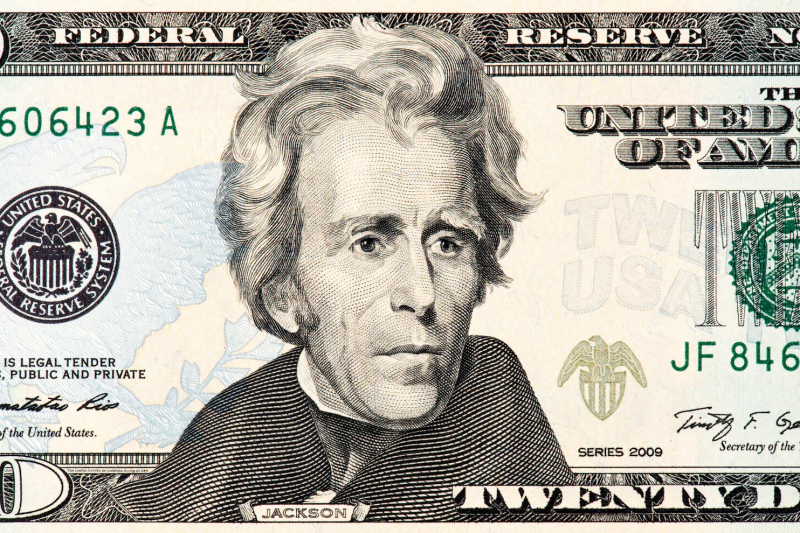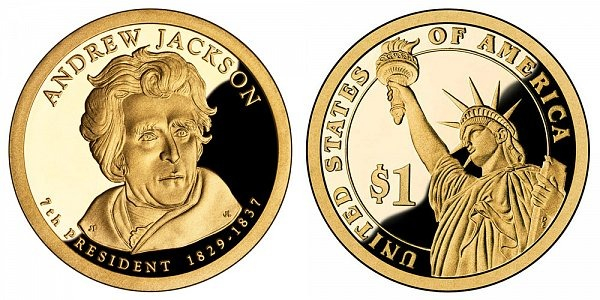Jackson’s portrait appears on the $20 bill although he devalued paper money
Andrew Jackson was against state and national banks issuing paper money because of the financial damage he once suffered from depreciated paper notes. He shut down the Second Bank of the United States in part because of its capacity to manipulate paper money, only using gold and silver as legal tender.
Jackson instructed Secretary of the Treasury Levi Woodbury to issue the Specie Circular on July 11, 1836, in accordance with federal law, which forbade the government from accepting anything other than gold and silver specie for the sale of public lands larger than 320 acres after August 15, 1836. The decree was one of Jackson's final acts as president, therefore the majority of its effects happened under Martin van Buren's administration and were attributed to him. With Jackson's announcement, the value of paper money continued to decline. As a result, inflation and prices increased. The Specie Circular was widely regarded at the time (and by historians thereafter) as the cause of the price increase and the ensuing Panic of 1837.
Ironically, in addition to Andrew Jackson's depiction being on the $20 bill, other prior appearances of his include the $5, $10, $50, and $10,000 bills as well as the Confederate $1,000 bill.










